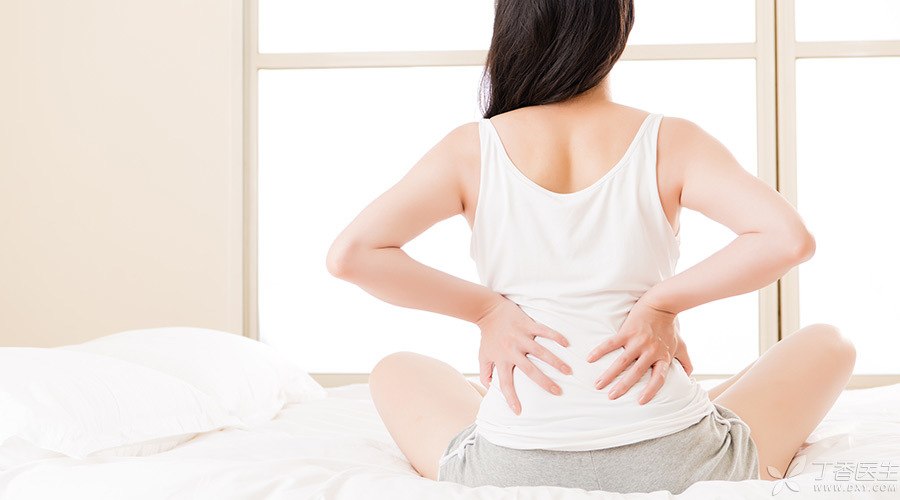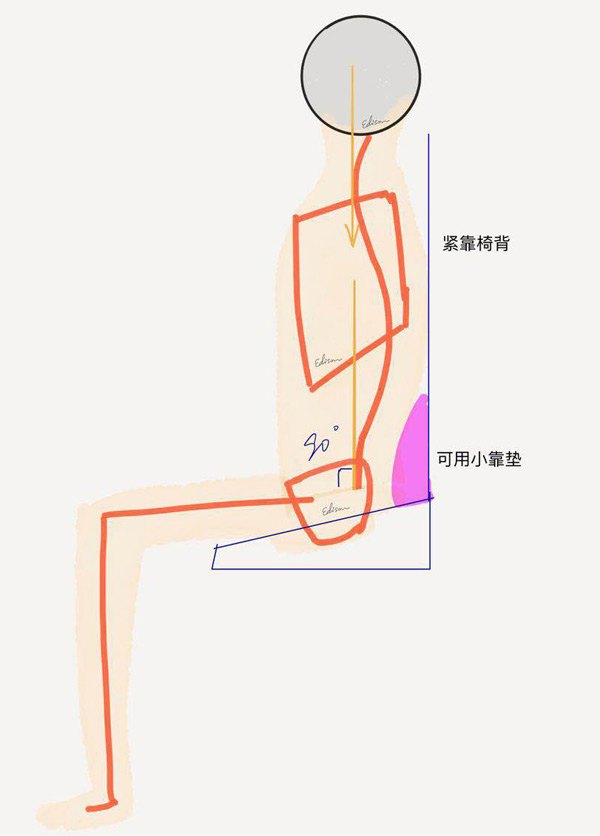
In many popular science articles on lumbago, the previous picture is very popular. This picture is called “waist stress table with different postures”. The little people on the top of the straight bar make different postures, and the numbers on the straight bar indicate the estimated stress value (kg) of the [lumbar intervertebral disc] under the corresponding postures.

Most of the data on this map come from corpse research, animal mechanics experiments, in vitro material tests and other methods. Finally, a mechanical simulation model relatively close to the actual situation is established to estimate the mechanical distribution of an undetectable area under different postures.
However, the kilogram value estimated in the figure is not accurate, and factors such as posture, angle and weight of moving objects will affect this stress value.
With the continuous development of science and technology, we can now explore this problem in a better way.
Here, I would like to share with you a [small study of finite element analysis] that I have completed in the United States. I mainly observed the specific stress magnitude and distribution comparison of lumbar intervertebral disc under different postures (forward tilt, backward tilt, lateral flexion and rotation).

A simple conclusion is drawn for everyone:
During lateral flexion, the lumbar spine has the greatest load, followed by anterior flexion and posterior extension, and finally rotation.
However, the size of this mechanical distribution corresponds to the range of motion. The larger the range of motion, the greater the corresponding load will be. Therefore, the balance between stability and flexibility is the key.
Intervertebral discs, vertebral bodies and intervertebral joints are mainly responsible for stability. With the increase of age, these structures will degenerate continuously. Therefore, we need to delay the degeneration of these [static systems] by correcting bad postures, and at the same time strengthen the strength of these [dynamic systems] of muscle ligaments through exercise.
Based on the latest research viewpoints, I will talk to you about posture.
Correct standing posture: Spine is an S
The key to a good standing posture is to maintain the normal physiological curvature of the S-shaped spine.
Normal cervical vertebrae and lumbar vertebrae each have a curve, referred to as cervical curvature and lumbar curvature. We just need to straighten the position of the head, retract the chin and hold out the chest forward, so that the center of gravity of the head just passes through the top of the cervical curvature. The shoulders are retracted on the same vertical line as the pelvis. At the same time, the core abdominal muscles are tightened and the buttocks are lifted, so that the center of gravity of the upper body just passes through the top of the waist curve.

If the correct standing posture makes you feel uncomfortable, it means that the muscle groups in the corresponding parts that maintain stability are not strong enough.
Adhere to the correct posture and exercise more, and you can form the correct habits through a period of strengthening.
In addition, a good standing posture also needs to choose a good pair of shoes.
High heels can make people lean forward involuntarily when standing and walking, resulting in an increase in back radian. Flip-flops and some flat shoes have too thin soles and poor shock absorption and buffer effect, which may cause gait instability and bring burden to the spine.
It is suggested that you wear shoes with good elasticity and strong support, beef tendons or rubber soles, which can buffer many reaction forces from the ground up and reduce the waist load from bottom to top.
Correct sitting posture: upright + support
Correct sitting posture is the key to reduce lumbar pressure.
When sitting, the buttocks should sit firmly on the chair so that the waist and back are close to the back of the chair. At the same time, the waist and back must be straight, the upper body and thigh are 90 degrees, and the connection line between the center of gravity of the head and lumbar spine should be perpendicular to the ground. At this time, the center of gravity line just passes through the top of the anterior curvature of the lumbar spine, which is more conducive to bearing weight.

[Ge You Paralysis] The biggest problem with this kind of bad posture is that the waist is suspended and there is no support. As long as enough support is given to the waist, the spine can be shouldered.
It is suggested that you put a small pillow on the back of your waist, which is helpful for the symptoms of waist soreness and backache caused by long-term sitting posture.
The correct posture for carrying heavy objects: Bend your knees and don’t bend over.
Remember six words: If you can bend your knees, don’t bend.
In addition to bending your knees and squatting down, you should try your best to put the weight close to your chest to reduce the distance between your body’s center of gravity and your body’s center of gravity, thus reducing the extra load on your lumbar spine.

In fact, backpacks are also based on the same principle. It is suggested that everyone should carry a backpack and choose a wider shoulder strap. The weight should not exceed 1/10 of the weight as much as possible. If it is a backpack, take turns to carry it left and right as much as possible.
By the way, the reason why backpacks are called backpacks is reasonable. It is better for everyone not to hang the bags in front of their bodies, otherwise it is not good for their waist and back.
On the other hand, even if the posture is correct, it should not be kept for too long to reduce the injury to lumbar spine.
In addition, besides incorrect posture, there are many causes of lumbago, such as inappropriate mattress, cold stimulation, lack of exercise, urinary/digestive system problems, etc.
Only when the cause is found can treatment be carried out. Never blindly massage, physiotherapy or search on the Internet before a clear diagnosis is made, which is likely to aggravate lumbago.
Professional matters should be handled by professional doctors.
